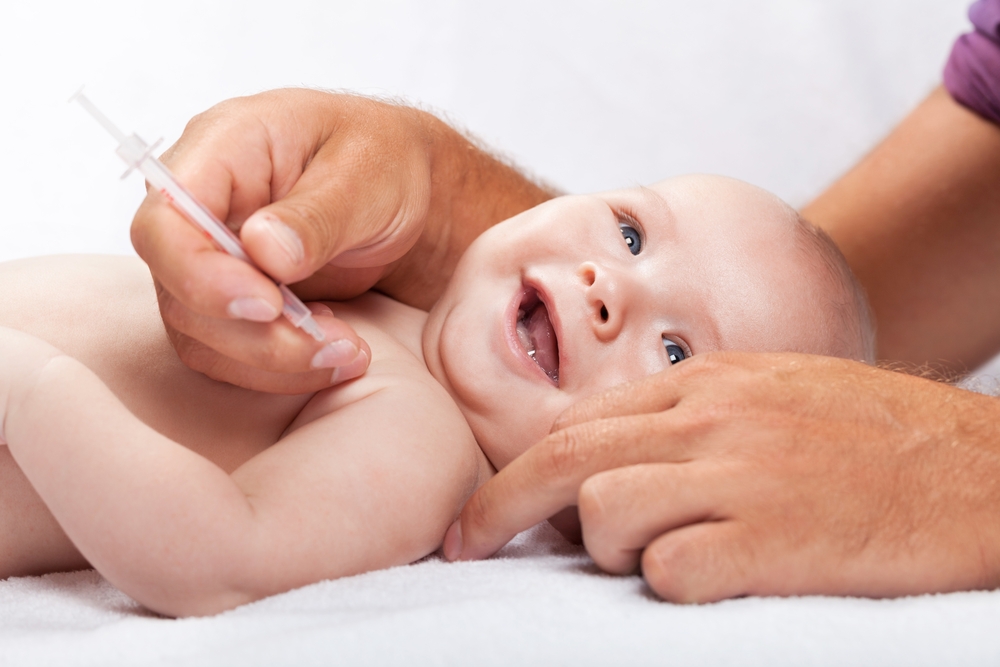
Infants with diabetes can drop insulin syringes. This will be new clinical practice after a recent study, now published in Lancet Diabetes & Endocrinology. Researchers from Bergen and Exeter have been leading the work, which causes children worldwide to replace insulin syringes with tablets.
“All infants diagnosed with diabetes before 6-7 months of age should be given a rapid gene test to change treatment as soon as possible from insulin to sulfonylurea tablets. They can expect a long and very good effect of the treatment of blood sugar control, and the treatment is safe”, says Professor Pål Rasmus Njølstad at the University of Bergen.
It was in 2004 discovered that relatively high doses of sulfonylurea tablets could be used to treat diabetes in infants. This principle has given a new life for children with this type of diabetes, because 90% can stop insulin injections and even achieve better blood sugar control, at least for one year without the same low blood sugar problem. However, it has been unknown whether this treatment can be maintained in the long term, especially as sulfonylureas fail in half of those with type 2 diabetes after five years of treatment.
The results are now available from an international multi-center study from centers in Bergen, Exeter, Rome, Paris, and Krakow. This included 81 people who 10 years ago had changed the treatment from insulin to sulfonylurea tablets. It was found that the failure effect of treatment, which is often seen in type 2 diabetes, rarely exists in this type of infant diabetes. Sulfonylurea is safe in this treatment, even with the relatively high doses needed. An excellent control of blood glucose was retained after ten years of treatment. Some children initially experienced a certain recovery of neurological features, but most of them did not have any clear improvement in the problems.
“These findings will give many children a new and better quality of life”, says Njølstad. “This is one of the few examples of lasting effect of precision medicine”.




